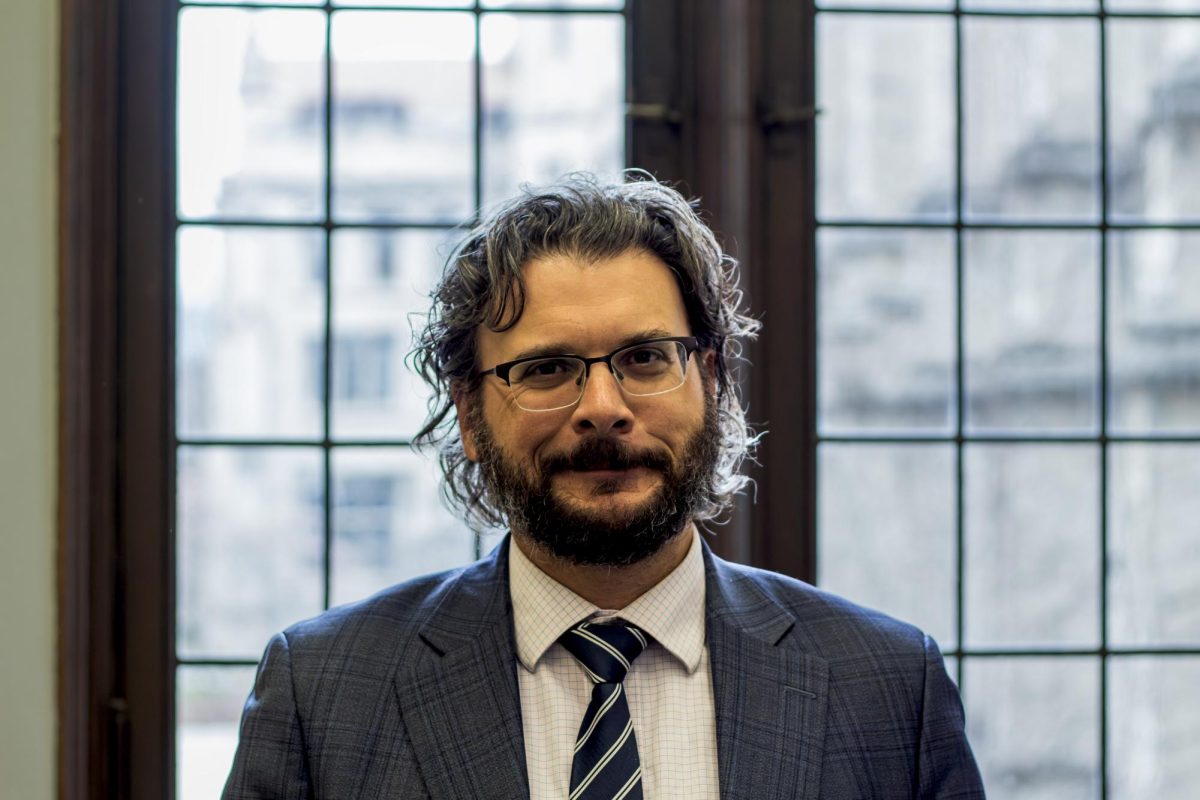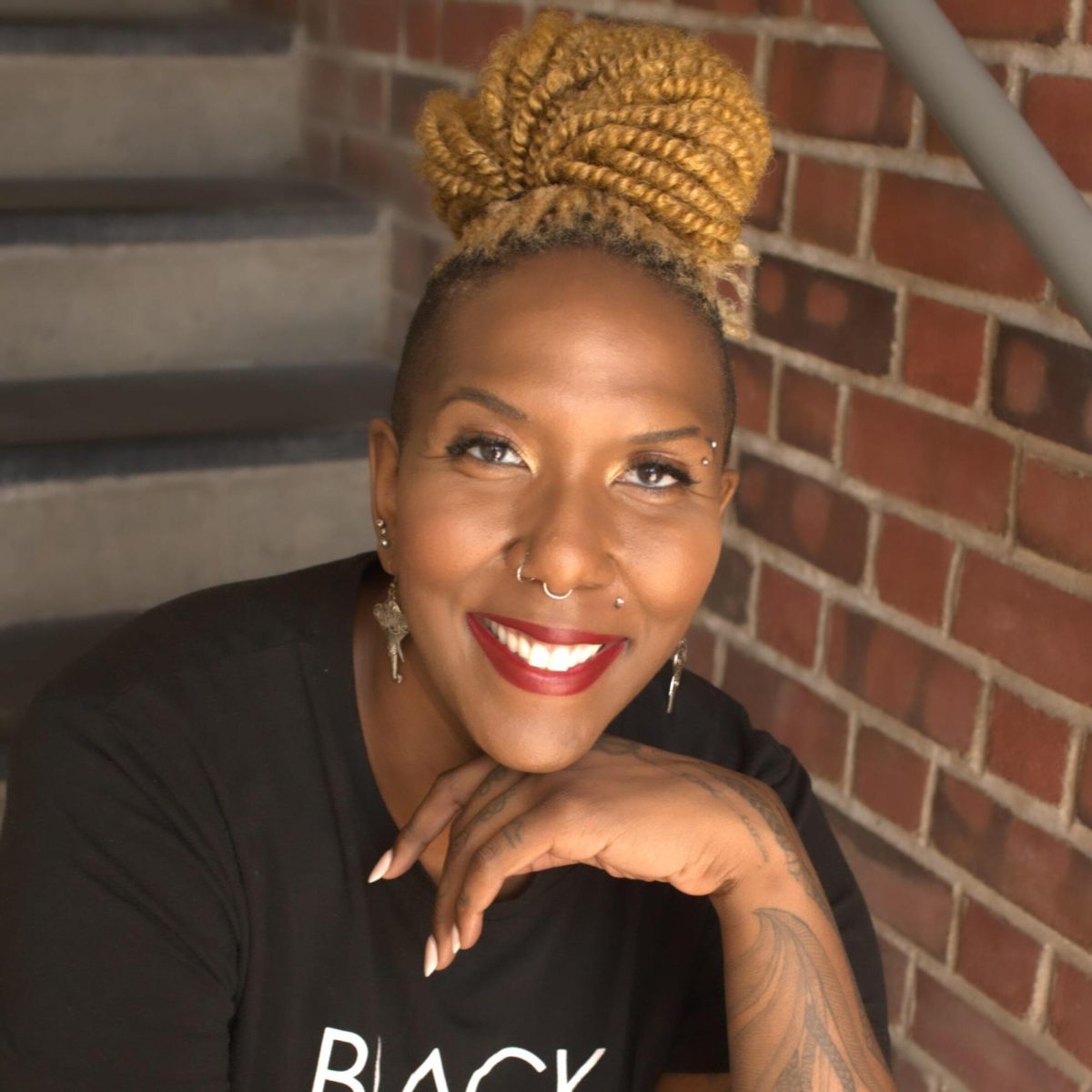Throughout the illustrious history of the University of Chicago, students have read the “Great Books,” the Core texts of Western civilizations. They read lines like this, from Hegel: “What experience and history teach is this—that nations and governments have never learned anything from history.” Or this, from Aristotle: “Poetry is something more scientific and serious than history, because poetry tends to give general truths while history gives particular facts.” Or Marx’s suggestion that if history repeats itself, then it does so “the first time as tragedy, the second time as farce.”
Yet despite warnings like these which we encounter in Hum and Sosc, the editors of this periodical, a historical animal of its own, insist upon embracing each coming wave of first-year undergraduates with a university history, and so, dear first-years, here we lie it down for you to do with it what you will.
The phoenix emblazoned on your new scarves and T-shirts truly emblematizes a rocky start to our German university on its English campus—long before the gargoyles mounted their posts. The University of Chicago as we know it today rose from the ashes of the Old University of Chicago, a failed attempt by Stephen A. Douglas and a group of wealthy Chicagoans to create a Baptist institution of higher education in the Midwest. After the doors closed in 1886, John D. Rockefeller was recruited to lend his philanthropic genius (oil money) to the cause. With educational visionary William Rainey Harper (of Harper Memorial Library fame) at the helm, and Rockefeller’s cash in the bank, the University of Chicago now just needed a home.
Hyde Park was a small resort town along Lake Michigan, only incorporated into Chicago in 1889. The semi-urban, semi-provincial setting was destined to play host to a university forever torn between academic isolationism and cosmopolitan pragmatism; UChicago held its first classes here in 1892. Founded primarily as a research institution, the reborn UChicago featured a very small undergraduate population cast in more of a supporting role: Undergrads paid tuition to help fund long-term research projects and the army of graduate students that greased the wheels. The struggle between which cohort—graduate or undergraduate—should be the most important has lingered for over a century.
Almost unimaginable today, the UChicago of the early days was frat and football happy. Amos Alonzo Stagg, leader of the original “Monsters of the Midway” (before the Chicago Bears adopted the team’s nickname and logo), was the first to conceive of building a school’s reputation with a big-name football team. Star Maroon halfback Jay Berwanger won the first Heisman Trophy in 1935, and went on to be the first pick in the very first NFL draft.
Enter Robert Maynard Hutchins. Only 30 years old at the time, Hutchins ascended to the presidency in 1929. An adamant supporter of a strong undergraduate program, he took steps to build ours into one of the best in the nation. He created an official administration for the College, and instituted a two-year Core curriculum shared by all students, who then were fed into the professional schools. Incidentally, we also have Hutchins to blame—or praise—for shutting down UChicago’s Big Ten football program.
A year into his presidency, Hutchins and friend Mortimer Adler instituted the famous Great Books program. While the intentions precipitating its creation remain controversial, the program was alternately a first-year seminar course, an adult education program, and a widely distributed set of hardcovers published by Encyclopedia Britannica. Despite popular assumptions to the contrary, the program was never the basis of the Core curriculum.
Today Hutchins’ legacy has one glaring blemish, outgrown from his persisting desire to instill a love of classics and the humanistic great books: the Hutchins College, a four-year common curriculum spanning what are usually the last two years of high school and first two of college. As a result of the radical curriculum shift, perhaps immature students, and the draft for World War II, undergraduate enrollment plummeted, destined to remain depressed through most of the second half of the twentieth century.
But in the early ’90s a biking bandit (alias: John W. Boyer) burst onto the scene brandishing a beacon of redevelopment for the undergraduate body. Boyer’s tenure as Dean of the College has seen more than just the construction of the yet-to-be-formally-named South Campus dormitory, and the yet-to-be-formally-built-or-named Campus North dormitory. He has also revamped the study abroad program and greatly expanded the career advising services, including the Jeff Metcalf Fellows program, which began in 1997—all with an eye toward insulating the undergraduate population in the warm embrace of academic paternalism (or, if you prefer, Mansueto Library).
And so this is where you enter in the illustrious history of the University of Chicago: in the midst of an undergraduate explosion bolstered largely by the efforts of Dean Boyer and admissions and financial aid guru James Nondorf. And now—yes, so soon—it is time to begin to reflect on the relationship you will take up toward this history.
Many voices in your house lounges and dining halls and coffee shops will remember Pierce Tower, the swimming test, and the Obama rally on the Midway. A select few might recall the Shoreland dorm of yore, or the regrettable “Springtime Strip” column published in this newspaper. Faculty and administrators may recall the downsizing of the Core in the ’90s, or the infamous occupation of the administration building in the ’60s. (Dean Boyer’s annual historical monographs remember quite a lot.) But precious few probably remember the debate before Doc Films projected its first digital film, or when the editors of the Maroon were censored during the Manhattan Project, or who won the first broomball match held on campus.
No, these invaluable histories, and others I couldn’t possibly know anything about, are left for you to discover. Brilliant, bold, disturbed, and inventive people have taken in that sharp stab of February chill as they walked across the main quads, books in tow, perverse ideas percolating in the brain. The traces and inscriptions they have left are, fortunately, much more permanent than a footprint in fresh powder.









